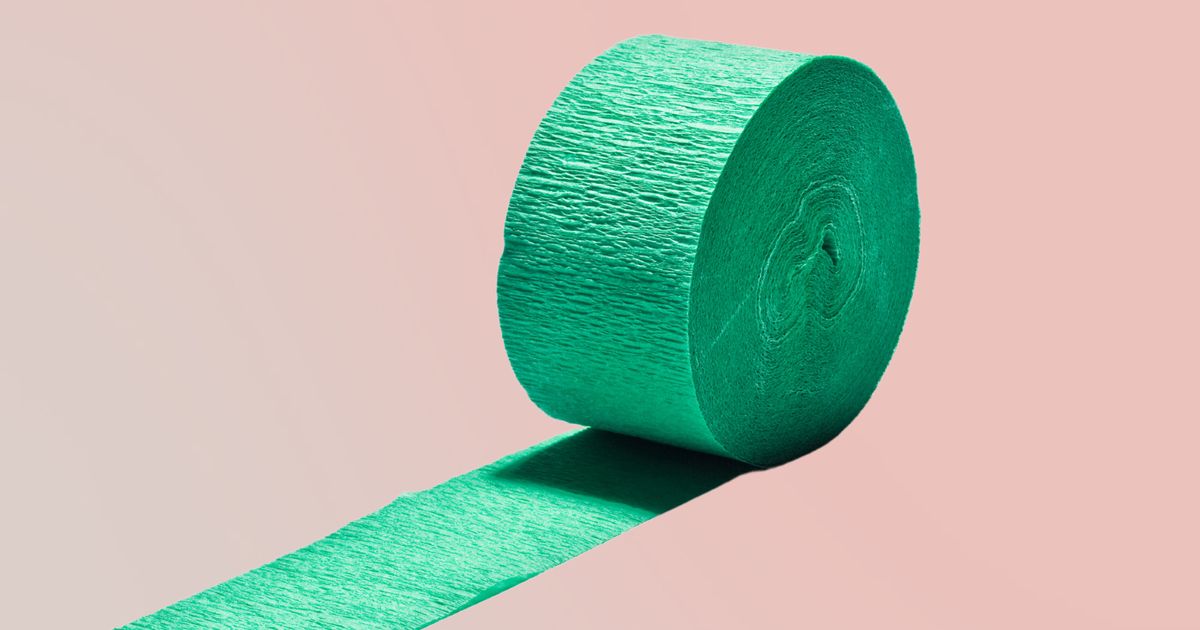Crepes are a delicious treat, but crepey skin is far less desirable. This term refers to skin that is thin and crinkled like crepe paper, lacking the elasticity, thickness, and firmness of youthful skin. While primarily an aesthetic concern, crepey skin can also indicate potential health issues, according to board-certified dermatologist Dr. Shoshana Marmon. It is often a result of substantial sun damage, which increases the risk of skin cancer. Additionally, crepey skin is more susceptible to bruising and tearing, which can lead to infection if not properly cared for.
There are numerous creams and lotions available that claim to alleviate the appearance of crepey skin. For quicker results, individuals can seek doctor-administered treatments. We spoke with experts who shared insights on the most effective approaches and whether there are preventive measures one can take to avoid crepey skin.
Causes and timing of crepey skin:
As Dr. Marmon mentioned, crepey skin primarily develops due to sun exposure. Contrary to popular belief, it is not solely an effect of aging, but lifestyle factors such as sun exposure and smoking also contribute significantly. People with lighter skin tones, who are more prone to sun damage, are particularly at risk. Sun exposure causes the skin to lose volume by dehydrating it, damaging the integrity of the skin. This leads to a degradation of collagen and elastin, proteins responsible for holding water and maintaining the skin’s structure. Any form of ultraviolet exposure, including tanning beds, can contribute to the formation of crepey skin. Genetics also play a role, so if parents have crepey skin, individuals should start preventive measures earlier.
According to experts, many women start noticing crepey skin around menopause due to the drop in estrogen, which accelerates the decrease in collagen and elastin. This results in thinning of the skin, loss of moisture, and fat. Crepey skin typically begins in middle age and worsens with age. Elastic fibers lose their strength, and the skin no longer snaps back as it did in youth. Board-certified dermatologist Dr. Noëlle S. Sherber noted that crepey skin from UV damage commonly appears around the eyes, chest, backs of the hands, above the knees, and on the inner arms.
Preventive measures for crepey skin:
While wearing sunscreen is an obvious way to protect against crepey skin, Dr. Shani Francis suggests that covering the skin with clothing and accessories may be more effective. Sunglasses and hats provide better protection as they are always on and in place. Sunscreen, on the other hand, is not permanent and needs frequent reapplication. The American Academy of Dermatology recommends using a water-resistant sunscreen with broad-spectrum protection and an SPF of 30 or higher for areas that cannot be covered.
Over-the-counter options for crepey skin:
It’s important to manage expectations when using over-the-counter treatments claiming to eliminate the appearance of crepey skin. While creams, moisturizers, lotions, and sunscreen are helpful in maintaining skin health, completely reversing signs of aging is nearly impossible, according to Dr. Marmon. However, with regular use, topical products containing retinoids, alpha hydroxy acids, peptides, growth factors, hyaluronic acid, and antioxidants can stimulate collagen production and improve skin quality. It’s important to note that these products usually take several months to show results, and the price tag doesn’t necessarily indicate effectiveness. Consistent use is more important than the brand or price.
When choosing a moisturizer, ensure it contains water to rehydrate the skin. Water is the best hydrator, and applying oil on dehydrated skin only improves the skin’s barrier without addressing hydration. Dr. Francis recommends products with niacinamide, a form of vitamin B3, to alleviate crepey skin. It can also be taken as a supplement. Dr. Sherber suggests testing the thickness and hydration properties of a moisturizer by flipping the jar upside down. If it doesn’t drip, it should be a good barrier support product.
Doctor-administered treatments for crepey skin:
On May 15th, the FDA approved the first skin booster, Skinvive by Juvederm, to improve skin smoothness in adults over 21. This injectable hyaluronic acid with a serum texture, known as Volite overseas, replenishes deep hydration and can have fantastic results for improving skin quality in thin-skinned areas prone to crepey texture. Other injectables like Radiesse and Sculptra stimulate collagen synthesis. Radiofrequency skin tightening and fractional non-ablative lasers stimulate the body’s natural healing process, leading to the production of new collagen and elastin, resulting in thicker and more elastic skin. For specific areas such as around the eyes, neuromodulators like Botox can reduce crinkling.
Ultimately, while there are ways to improve the appearance of crepey skin, it’s important to have realistic expectations. Aging is a natural part of life, and it’s better to embrace it rather than obsess over reversing it completely.
Denial of responsibility! VigourTimes is an automatic aggregator of Global media. In each content, the hyperlink to the primary source is specified. All trademarks belong to their rightful owners, and all materials to their authors. For any complaint, please reach us at – [email protected]. We will take necessary action within 24 hours.


